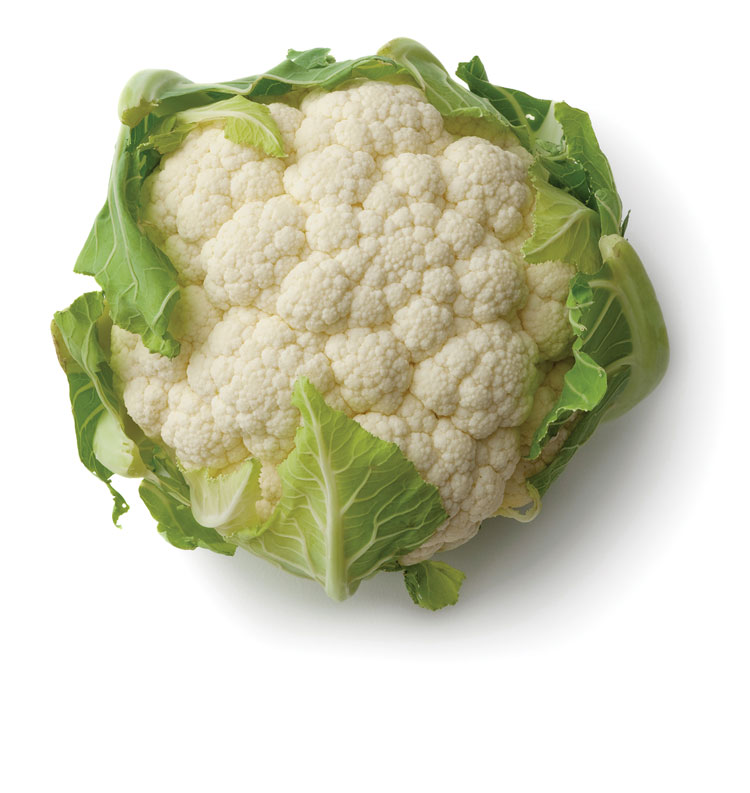
Elige frutas y vegetales que te den un arcoíris de beneficios
- Home
- Live Well Blog
- Elige frutas y vegetales que te den un arcoíris de beneficios
octubre 16, 2024
General / Familia
Tú ya sabes que comer frutas y vegetales es bueno para la salud.
Pero ¿sabías que solo con mirar los productos agrícolas puedes conocer qué tipo de beneficios tienen para la salud? ¡De verdad! Las frutas y los vegetales tienen distintas cantidades de vitaminas, minerales y tipos de antioxidantes según su color. Y, al haber tantas opciones coloridas que probar, ¡puedes recibir un arcoíris de beneficios diferentes cada día al comer!
Además de su magnífico sabor, las frutas y los vegetales, según su color, te pueden brindar estos otros beneficios:
Rojos
- Mantienen la salud del corazón y los pulmones.
- Ayudan a proteger contra el daño celular.
- Reducen el riesgo de cáncer y de accidentes cerebrovasculares.
- Son buenos para la memoria.
Frutas
- Naranjas sanguinas
- Cerezas
- Arándanos rojos
- Uvas rojas
- Toronja rosada/roja
- Manzanas rojas
- Peras rojas
- Granadas
- Frambuesas
- Fresas
- Sandía
Vegetales
- Betabeles
- Pimientos rojos
- Rábanos
- Radicchio
- Cebollas rojas
- Papas rojas
- Ruibarbo
- Tomates
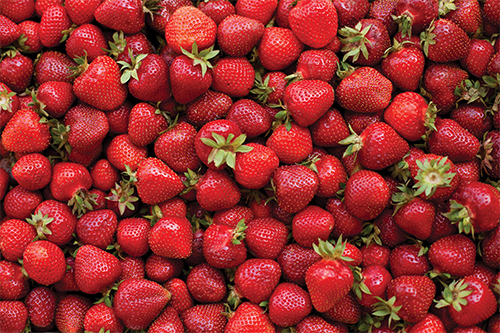


Anaranjados
- Reducen la inflamación.
- Ayudan a mantener la piel y los huesos sanos.
- Contribuyen a la reparación de los tejidos.
- Combaten el cáncer y las enfermedades del corazón.
- Son buenos para la vista.


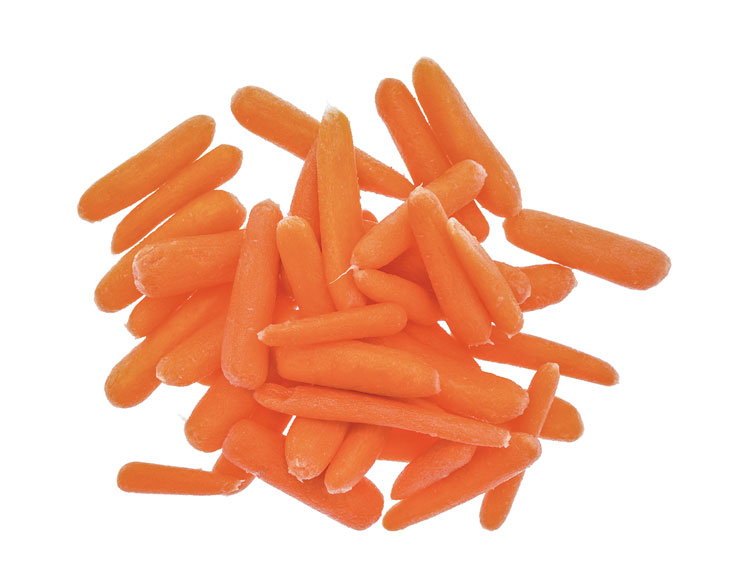
Frutas
- Albaricoque
- Melón cantalupo
- Clementina
- Mandarina
- Mangos
- Nectarinas
- Naranja
- Papaya
- Durazno
- Calabaza
Vegetales
- Calabaza bellota
- Calabaza moscada
- Zanahorias
- Pimientos verdes
- Tomates naranjas
- Camotes
Amarillos
- Reducen la presión arterial.
- Son buenos para los ojos, el corazón y la piel.
- Mejoran la digestión y el sistema inmunitario.
Frutas
- Plátano
- Limón
- Piña
- Manzanas amarillas
Vegetales
- Pimiento amarillo
- Zanahorias amarillas
- Maíz amarillo
- Papas amarillas
- Calabaza amarilla
- Tomates amarillos
- Habas de cera amarillas


Verdes
- Fortalecen el sistema inmunitario.
- Ricos en folato, lo cual ayuda a proteger contra los defectos congénitos durante el embarazo.
- Previenen los coágulos de sangre.
- Mantienen los huesos, las uñas y los dientes fuertes.
- Son buenos para la digestión.



Frutas
- Aguacates
- Manzanas verdes
- Uvas verdes
- Melón verde
- Kiwi
- Limas
Vegetales
- Alcachofas
- Rúcula
- Espárragos
- Brócoli
- Coles de Bruselas
- Frijoles verdes
- Repollo verde
- Apio
- Pepinos
- Verduras de hoja
- Puerros
- Lechuga
- Cebollas de verdeo
- Pimientos verdes
- Guisantes
- Guisantes de nieve
- Espinaca
- Guisantes dulces
- Berro
- Calabacita
Azules y morados
- Mejoran la función cerebral y la memoria.
- Reducen la presión arterial.
- Reducen el riesgo de accidente cerebrovascular, cáncer y enfermedades del corazón.
- Pueden reducir el daño de los radicales libres en las células del cuerpo.
Frutas
- Moras negras
- Arándanos
- Grosellas negras
- Uvas concordia
- Ciruelas pasas
- Bayas de saúco
- Jugo de uva (100%)
- Higos morados
- Uvas moradas
- Ciruelas
- Pasas
Vegetales
- Aceitunas negras
- Berenjena
- Papas moradas
- Espárragos morados
- Endivia morada
- Repollo morado
- Zanahorias moradas
- Pimientos morados
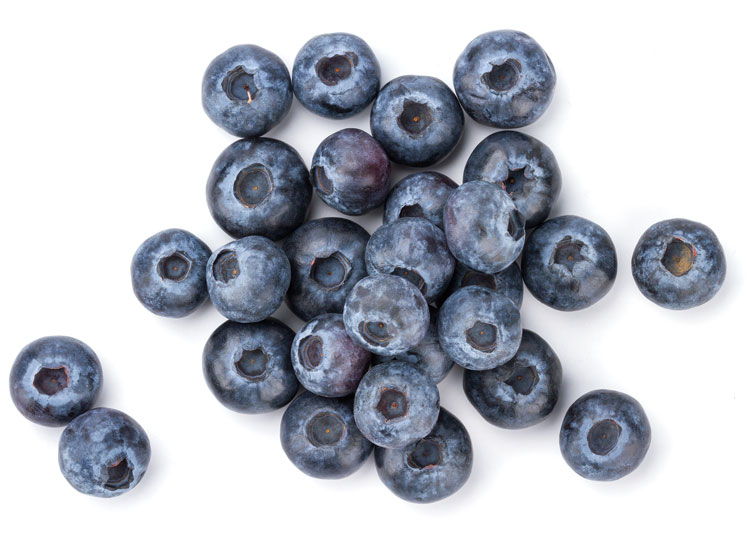
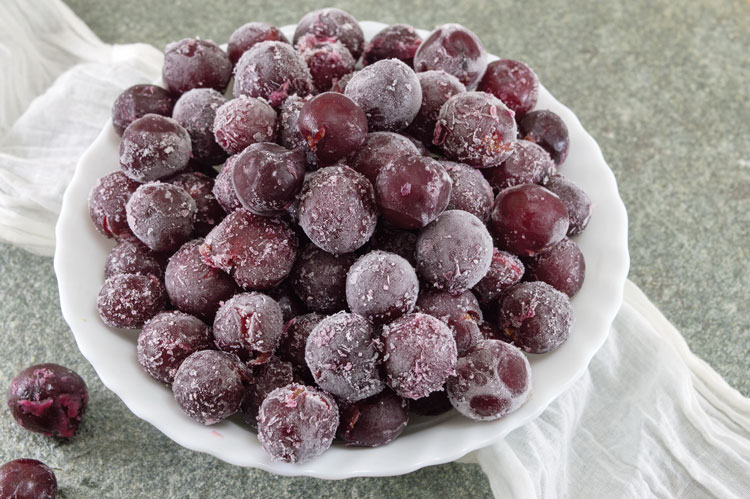
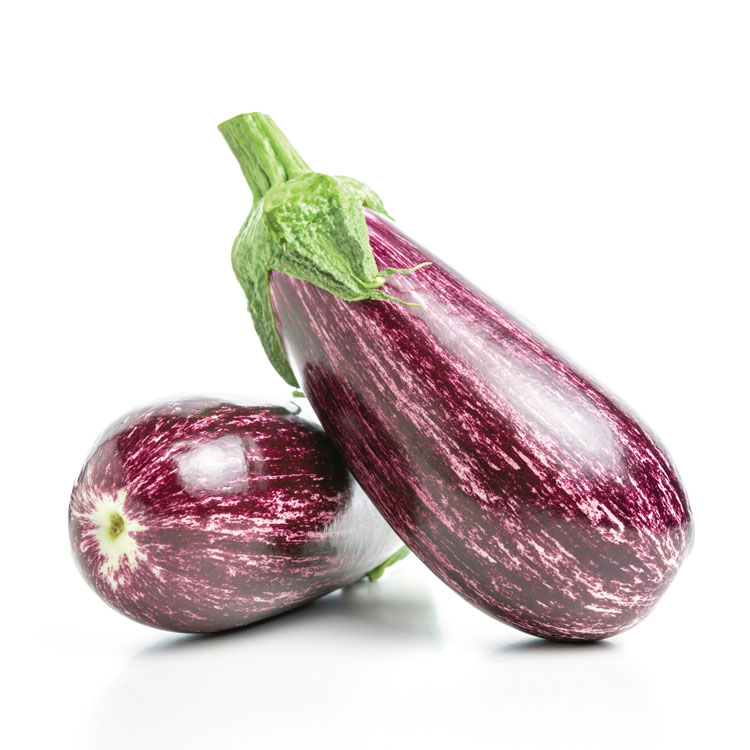
Marrones y blancos
- Reducen el colesterol y la presión arterial.
- Pueden reducir el riesgo de cáncer.
- Mantienen un sistema inmunitario saludable.
- Ayudan al sistema circulatorio a transportar sangre y oxígeno a todo el cuerpo.
Frutas
- Coco
- Peras
- Melocotones blancos
Vegetales
- Cebolla morena
- Coliflor
- Ajo
- Jengibre
- Setas
- Nabo
- Champiñón
- Portobello
- Papa
- Taro
- Maíz blanco
